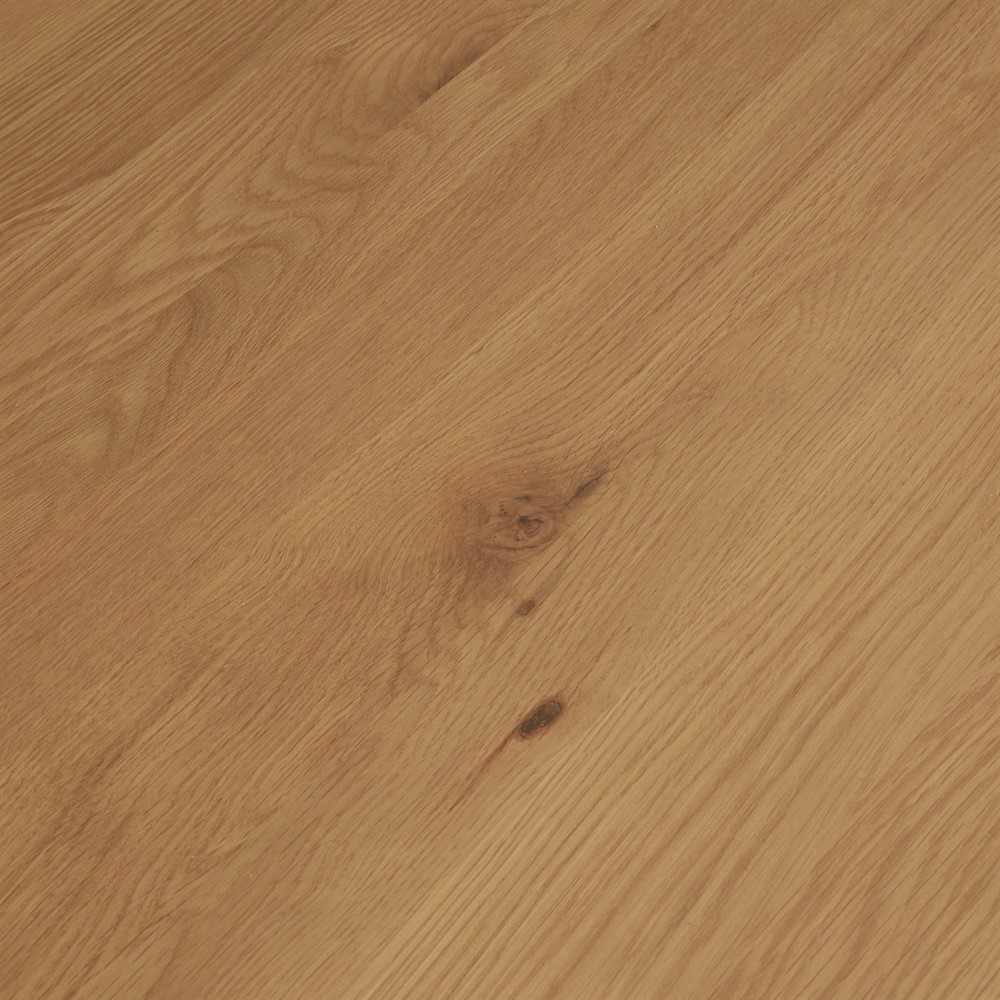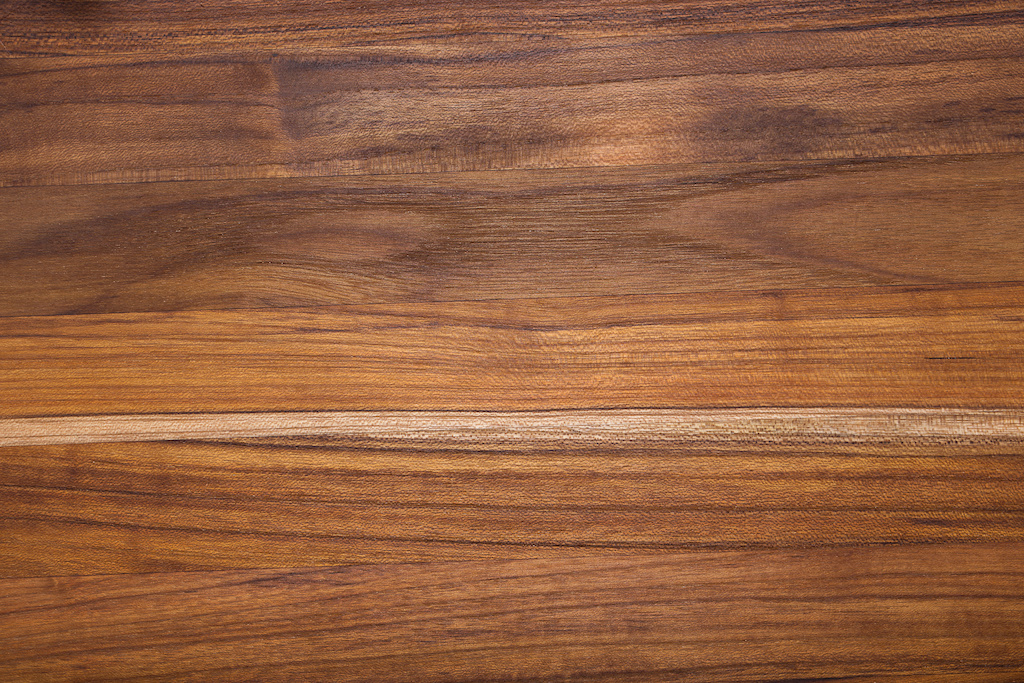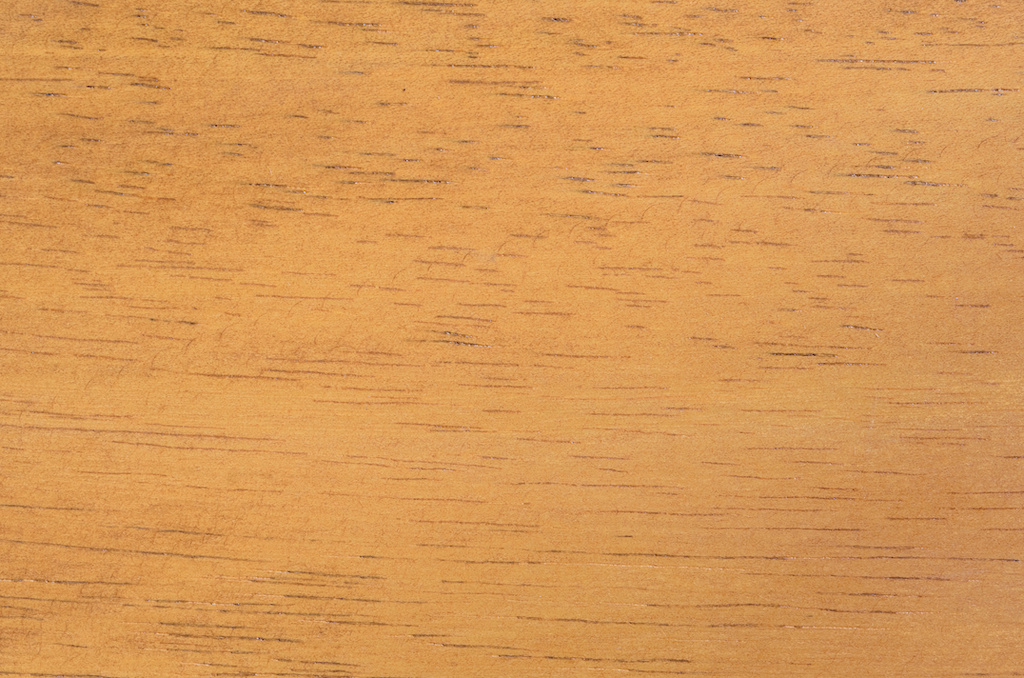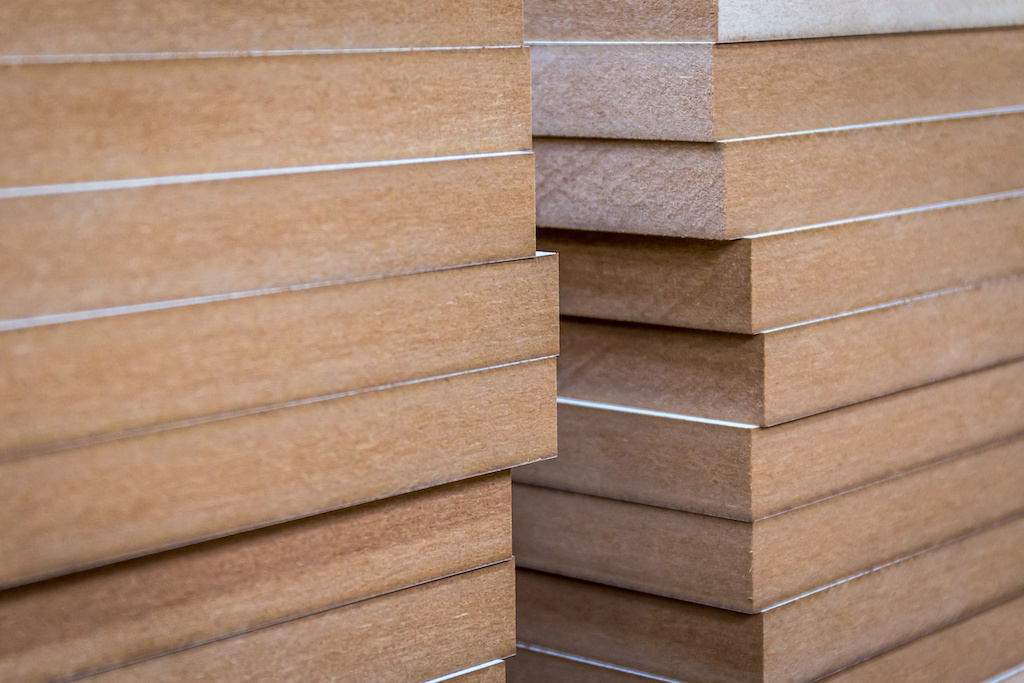Types of wood
We believe every piece of timber has a story to tell. From its colour to the knots and crowns that tapestry its history. That’s why we use traditional carpentry methods alongside the highest quality timbers to enhance the natural beauty of our wood - thoughtfully hand-selecting our materials to craft the finest furniture that will live on as part of your home for years to come.
“I love to work with wood, it’s beautiful, durable and naturally renewable. All our products are built to last — we use the technique most suitable to the part and the product”
Lewis High, Head of Quality at The Cotswold Company
All our timber is responsibly sourced and fully traceable to its forest of origin. We make sure to only work with licensed foresters, sawmills and lumber merchants, which you can learn more about by reading our Sustainability Pledge.
Here we share our carefully selected wood collection and how we pay homage to their natural characteristics.
Our Solid Wood Types for Frames and Exteriors

Oak
Characteristics: Timeless, long-lasting
Grain: Characterful, versatile
Natural Tone: Deep ombre
Sourced From: the US and Canada
As oak specialists, this timeless timber has been at the heart of the majority of our designs for over 25 years. The backbone of British furniture for centuries, its intense strength makes it less likely to warp in comparison to other woods.
We continue to explore and bring new life to the timber’s mesmerising textures. For example, we use a Coms2 with a strong natural pattern in our Elkstone Mellow Oak, a weathered alternative in Notgrove and a smoked oak and dark oak finish in our Winchcombe range to offer a variety of classic contemporary styles.

Pine
Characteristics: Shock-resistant, incredibly sustainable
Grain: Prominent, even
Natural Tone: Light
Sourced From: New Zealand
Our pine furniture is abundant in strength. This all comes down to the tree’s resilience to harsher weather conditions. This means pine designs retain their original shape. Even better, because pine grows so quickly, it’s incredibly sustainable.
With a distinctive light tone, we make use of pine's exceptional ability to take on all types of finishes. From painted solid pine frames in our Pensham collection, to the scrubbed pine tops in our Painswick ranges.

Ash
Characteristics: Light, versatile
Grain: Linear
Natural Tone: Soft
Sourced From: the U.S
Another resilient hardwood, ash has all the strength of oak and pine but with a slightly softer character. A wonderfully accommodating material, given that it can be used for all elements of furniture.
Ash has a delicately uniformed grain that brings a certain sense of elegance. It’s a fairly new addition to our collection, but we love its gentle, romantic appeal - as our Ramsden rattan chairs showcase.

Acacia
Characteristics: Weather-resistant
Grain: Fine
Natural Tone: Copper, honey
Sourced From: Vietnam
Known as one of the hardest woods available, Acacia is tough and, most importantly, weather-resistant. Grown all over the world in tropical and desert-like climates, Acacia’s ability to survive harsh conditions reflects the timber’s strength as future furniture.
With natural oils that deter rot, we use Acacia for much of our garden furniture. Possibly one of our favourite features of Acacia is its intricate grain that appears copper or honey-coloured depending on the soil in which it grows.

Rubber Wood
Characteristics: Sturdy
Grain: Close, linear
Natural Tone: Light
Sourced From: Vietnam
As a by-product of rubber extraction, this fast-growing hardwood only needs rain and sunlight to thrive. It’s therefore known as a naturally robust and sustainable tropical timber.
Rubber is another relatively new addition to our wood collection that we have begun to combine with our other solid timbers to hold weight - like in the legs of some of our spindleback chairs.
We source from many factories across Asia and bring those unique skills - often passed down through generations of the same family - to our furniture. We select factories where the workers are trained in woodwork and joinery.
Lewis High, Head of Quality at The Cotswold Company
Our Wood Types for Internal Construction


Engineered Wood
Wood Type: Quality mixed-wood form
Characteristics: Engineered to be incredibly dense; holding designs together with the utmost stability without the risks of natural warping/cracking
Where we use it internally: Within thinner elements such as panel infills and drawer fronts, as well as painted details
Sourced from: China and Vietnam

Tung
Wood Type: Strong yet lightweight hardwood
Characteristics: Perfect for painting due to its neat grain lines
Where we use it internally: Moving parts such as drawer sides
Sourced from: China
Real Wood Veneers & Engineered Wood
We use real wood veneers and high-grade engineered wood in construction elements where using solid timber would cause quality issues – such as thinner surfaces and panel infills. This eliminates the risk of cracking and warping, making for furniture that remains beautiful throughout its whole lifespan. Our engineered wood is made by blending various offcuts to create a densely packed material that holds our designs together with the utmost stability. It’s then sealed with a real wood veneer, which is hand-selected to match the characteristics of the surrounding solid wood.
Our Finishes
It’s our wealth of highly protective finishes that allow our wood furniture to stand proud for so many years. Mixed exclusively for The Cotswold Company by pigment and finish specialists, we use a combination of the following:
Clear Lacquer | A hardwearing clear surface finish |
Oil | Prevents the natural ageing process (warping and yellowing) A highly protective and rich finish that brings out the natural grain |
Wax | Penetrates the wood's natural pores for an enduring, characterful surface A naturally occurring finish that enhances the grain and adds a subtle sheen |
Tinted Wax Oil | Easy to maintain and keeps the natural characteristics prominent A mix of wax and oil for both a rich and slightly glossed finish |
Stain | A rich stain finish used to change the colour of the wood |
Paint | Applied to the wood before the other finishes for a deeply rich and resilient surface A smooth sealed finish, rich with pigment We use our signature four paint process which colour matches the undercoat and top layer to withstand bumps and grazes. |
Read more about our Signature Cotswold Quality and how our furniture is made to last on our blog.
Subscribe
Sign up to our weekly email to receive updates on exciting new product launches, seasonal sales, exclusive email discounts and inspiring interiors
Opt in to receive The Cotswold Company Emails





















